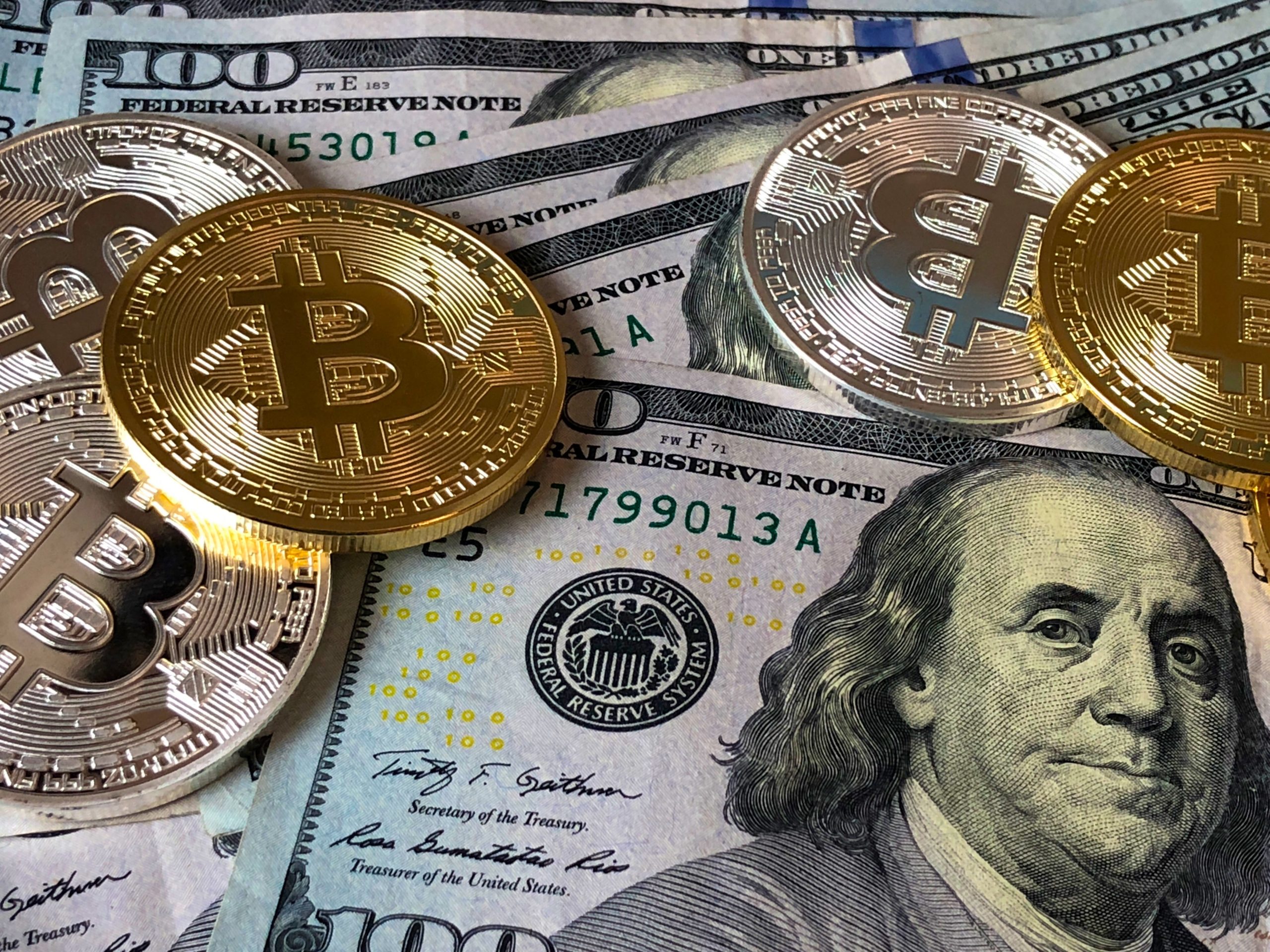Imagine yourself as an immigrant to a new country. You’re here to work, earn and send some currency to sustain your family.
Or a traveler, when you move to a new country or continent altogether, you need to get those currency notes exchanged to sustain in a new terrain.
So, where do you go when you need to get the notes exchanged? Forex. An institution where currency gets exchanged for an equivalent foreign value.

But how would you exchange your cryptocurrency? Where would you go on the virtual web to get the service?
A decentralized exchange. That’s where.
How? Let’s find out!
Working of a DEX
DEXs are short for Decentralized Exchanges. These are online sites where you can exchange your cryptocurrencies for another. You can exchange your BTC or ADA for some ETH or BNB.
Cryptocurrency exchanges are places where one can trade traditional currency (dinar, franc, peso, rupees, dhiram, etc.) for cryptocurrency as stated above.
Now now, there’s no need for any confusion. A DEX allows you to do both, exchange your cryptocurrency for another and buy crypto tokens with traditional money!

Furthermore, some cryptocurrencies get minted too! BTC and ETH tokens are given away as rewards for mining and validating the blockchain. Brave, the web browser, rewards users with Brave Attention Tokens or BATs.
But do remember, it’s a decentralized exchange. So, one may ask, how does the trade occur?
It is a peer-to-peer marketplace where transactions occur between crypto traders directly. So, if you have a crypto token or an NFT and you are willing to trade it, all you have to do is send a message to the blockchain network.
Components of a DEX
The decentralized institution runs on 4 components: An Order Book, Smart Contracts, the Liquidity Pools, and Blockchains
The Order Book
This message gets recorded on a specialized ledger known as the “Order Book”.
Alternatively, you can take a look at all the messages already available. These messages are from users willing to trade their tokens and NFTs already. You can easily find a match to exchange your crypto assets. (if not a match for your weekend date!)
What’s more, the Order Book lists the price of cryptocurrencies in exchange based on the buy and sell patterns in real time.
Smart Contracts and Liquidity Pools in a DEX
Smart Contracts are how these exchanges function. Yup! Vending machines by code, following code as law.
The smart contracts work in an algorithmic command flow and utilize a ‘Liquidity Pool’ to facilitate trades. A liquidity pool is where investors and traders lock their assets and funds that are kept aside to accumulate interest.
Blockchain and Security in a decentralized exchange
Moreover, every transaction on the DEX gets recorded securely on the blockchain. This also means that every node and validator/ miner knows and agrees with the transaction occurring within the network. This brings transparency, trust, and openness.
The security of the transaction is managed by encryptions. These encryptions occur at the end of each block. (which later gets connected to the previous block and successive block).
Most DEXs are open-source code; i.e. developers can access and view the code which developed the DApp and its functioning. In addition, they can also view the code and instructions present within each Smart Contract written for the transaction that occurred.
Summary
A Decentralized Exchange (DEX) is a space where one can trade their currency for digital currency – aka Cryptocurrency such as ETH, BNB, AAVE, CAKE, etc.
Further, a DEX also allows one to trade different cryptocurrencies and buy NFTs with their own designated NFT marketplace.
A typical DEX works with 4 components: an Order Book, Liquidity Pools, Smart Contracts, and Blockchains.

